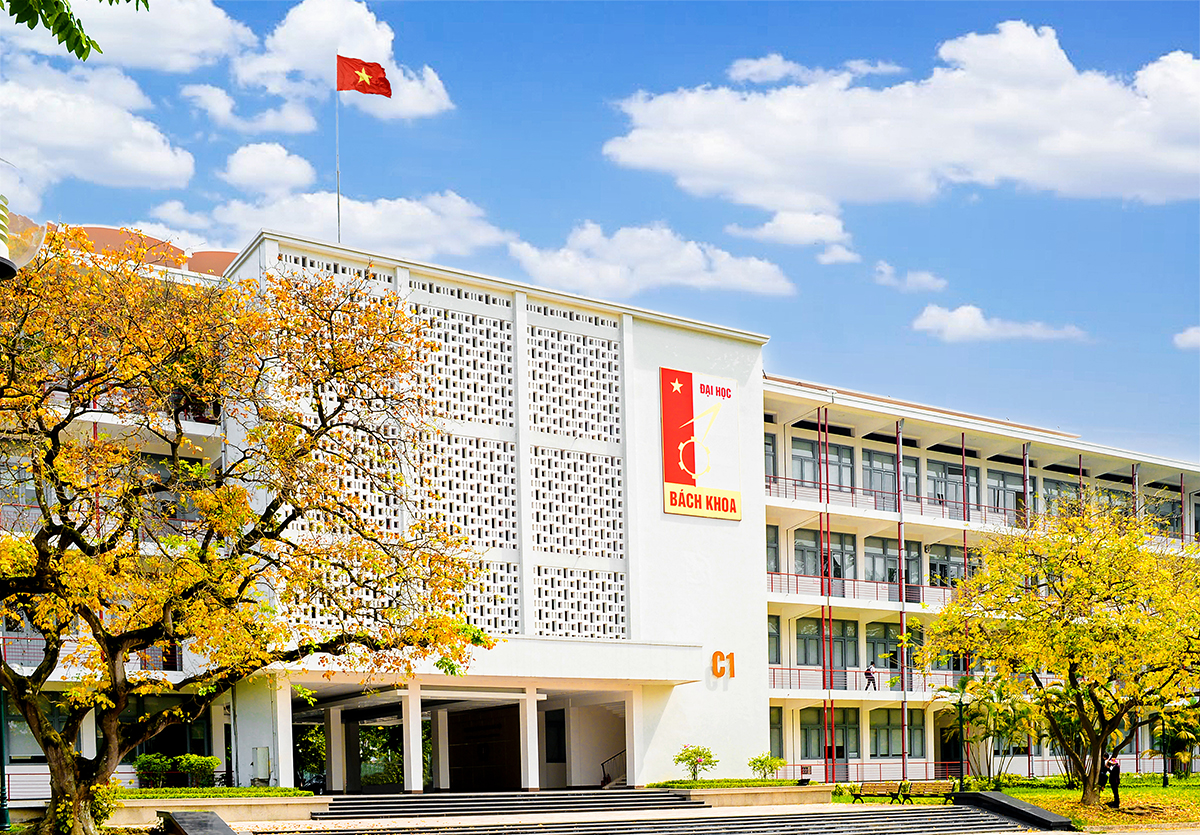
This initiative was mentioned in the Higher Education and Pedagogy Network Planning for 2021-2030, Vision 2050, which was approved by the Government on February 27.

These are five public institutions with top-tier capacity and prestige in training and researching key, cutting-edge technological fields. Among them, Hanoi University of Science and Technology is classified as one of the leading higher education institutions in Asia.
These institutions, along with national universities and several regional universities, will play a central role in training high-quality human resources and developing research in strategic technology areas and national digital transformation.
List of the 5 Selected Universities and Their Key Focus Areas:
| Higher Education Institution | Key Focus Areas |
|---|---|
| Hanoi University of Science and Technology | - Natural Sciences, Life Sciences - Mathematics and Statistics - Computer Science and IT - Engineering |
| Hanoi University of Civil Engineering | Architecture and Construction |
| Transportation University | Transportation and Logistics |
| Posts and Telecommunications Institute | Computer Science and Information Technology |
| Ho Chi Minh City University of Technology of Education | Engineering Technology |
According to the plan, by 2030, the number of students enrolled in STEM fields (Science, Technology, Engineering, and Mathematics) in Vietnam will reach approximately 1 million, with 1% holding doctoral degrees and 7% master's degrees.
In addition to these five universities, the Government will prioritize investments in institutions with strengths in research and training in STEM fields that align with the strategic socio-economic development priorities of each region.
The group strong in Natural and Life Sciences will be prioritized for investment in four dynamic regions and the Central Highlands, serving industries such as processing, high-tech agriculture, healthcare, energy, environment, and blue economy.
The group strong in Computer Science, Information Technology, Electrical Engineering, Electronics, and Telecommunications will be prioritized in the four major urban areas (Hanoi, Ho Chi Minh City, Da Nang, Can Tho) and the South Central region, serving the development of software, semiconductor, electronics, telecommunications, and energy industries.
The group strong in Mechanical Engineering, Mechatronics, Control and Automation, Construction, and Transportation will be focused in the Northeast, the Red River Delta, the North Central region, and the coastal areas of Central and Southeast Vietnam, as well as in the Can Tho urban area to support manufacturing, energy, construction, transportation, high-tech agriculture, and blue economy industries.
According to the Ministry of Education and Training, in recent years the number of students pursuing STEM majors has increased by more than 10% each year.
Overall, the proportion of students enrolled in STEM fields is around 27-29% (560,000 to 600,000 students). In comparison, Singapore and Malaysia have rates of 46% and 50% respectively, while South Korea, Finland, and Germany range between 35-39%.
However, if only Natural Sciences and Mathematics are considered, the proportion of students is only 1.5%, which is about one-third to one-fifth of the figures in Finland, South Korea, Singapore, and Germany.
Author: Điện - Điện tử
Reader Comments
Newer articles
Older articles
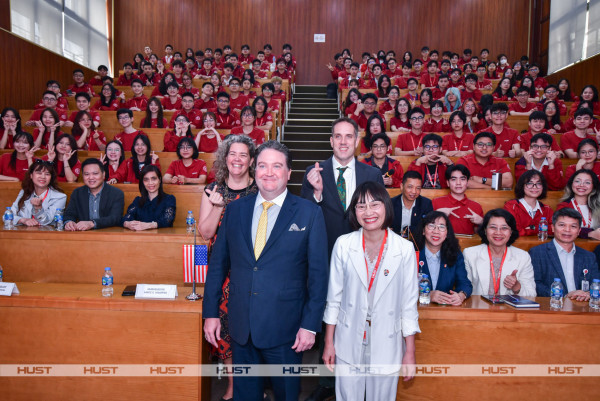 Mr. Marc E. Knapper, the U.S. Ambassador to Vietnam, visited and worked with Hanoi University of Science and Technology
Mr. Marc E. Knapper, the U.S. Ambassador to Vietnam, visited and worked with Hanoi University of Science and Technology
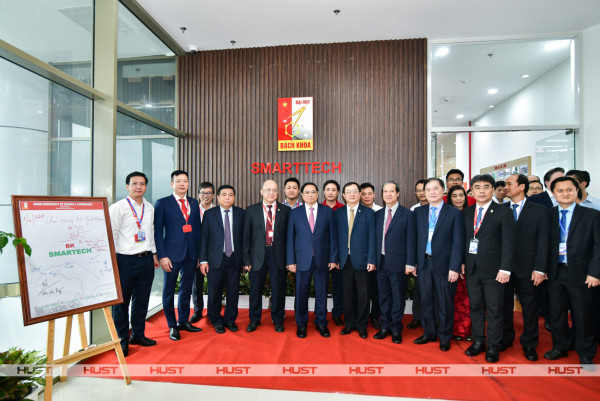 Prime Minister approved the Development Plan for Hanoi University of Science and Technology (HUST) to become one of the leading higher education institutions in Asia.
Prime Minister approved the Development Plan for Hanoi University of Science and Technology (HUST) to become one of the leading higher education institutions in Asia.
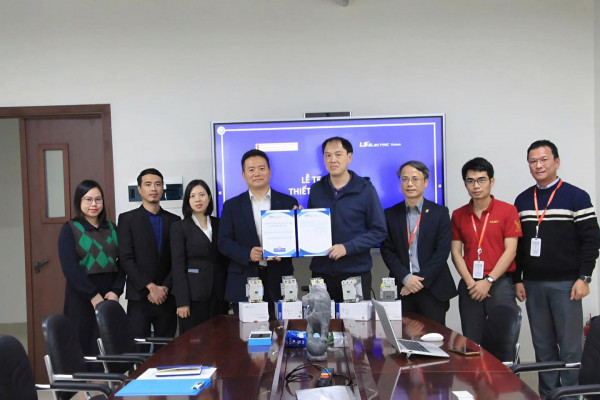 Equipment Support Agreement Signed Between Faculty of Electrical Engineering and LS Electric Vietnam
Equipment Support Agreement Signed Between Faculty of Electrical Engineering and LS Electric Vietnam
 Grand Opening of the i3-Mechatronics Smart Automation Lab: A Leap Toward Industry 4.0
Grand Opening of the i3-Mechatronics Smart Automation Lab: A Leap Toward Industry 4.0
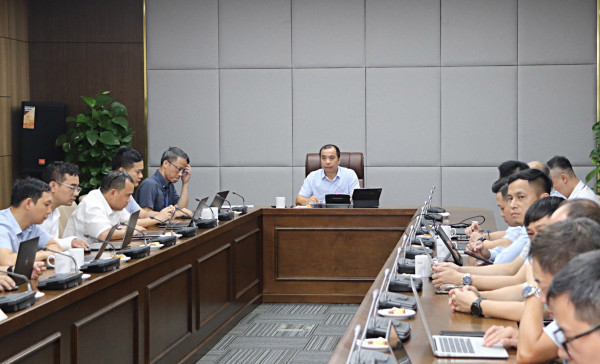 Powering the Future: Innovative S&T Models for High-Renewable Power Systems
Powering the Future: Innovative S&T Models for High-Renewable Power Systems
 Unlock Your Future: Toshiba Vietnam Scholarship for HUST Electrical Engineering Students
Unlock Your Future: Toshiba Vietnam Scholarship for HUST Electrical Engineering Students
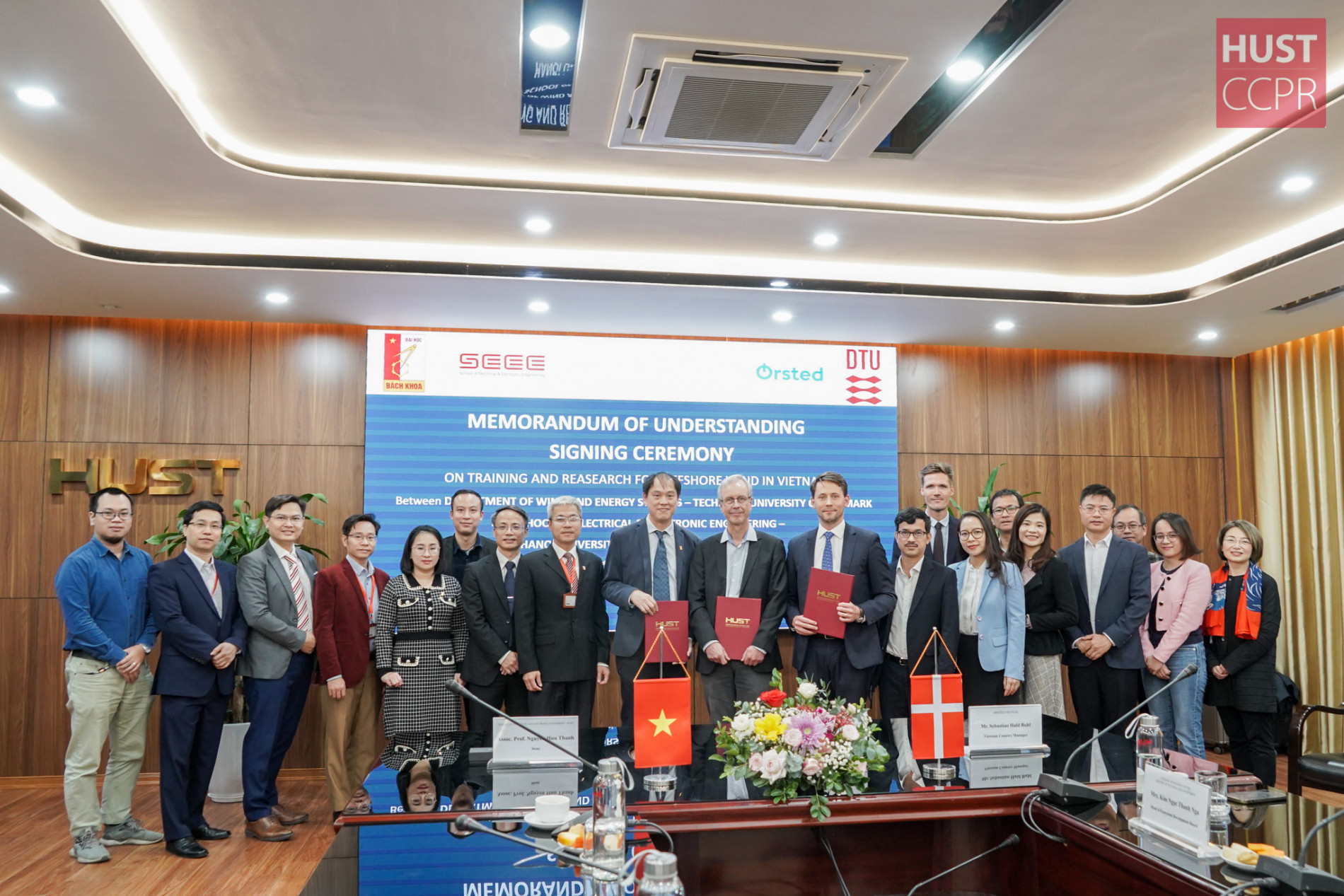 Hanoi University of Science and Technology (HUST) is partnering to drive the development of offshore wind power in Vietnam
Hanoi University of Science and Technology (HUST) is partnering to drive the development of offshore wind power in Vietnam
 “Hanoi University of Science and Technology – the Lucky Starting Point for Me!”
“Hanoi University of Science and Technology – the Lucky Starting Point for Me!”
 Vietnam’s Bold STEM Leap: Elevating 5 Flagship Universities in Engineering & Technology
Vietnam’s Bold STEM Leap: Elevating 5 Flagship Universities in Engineering & Technology
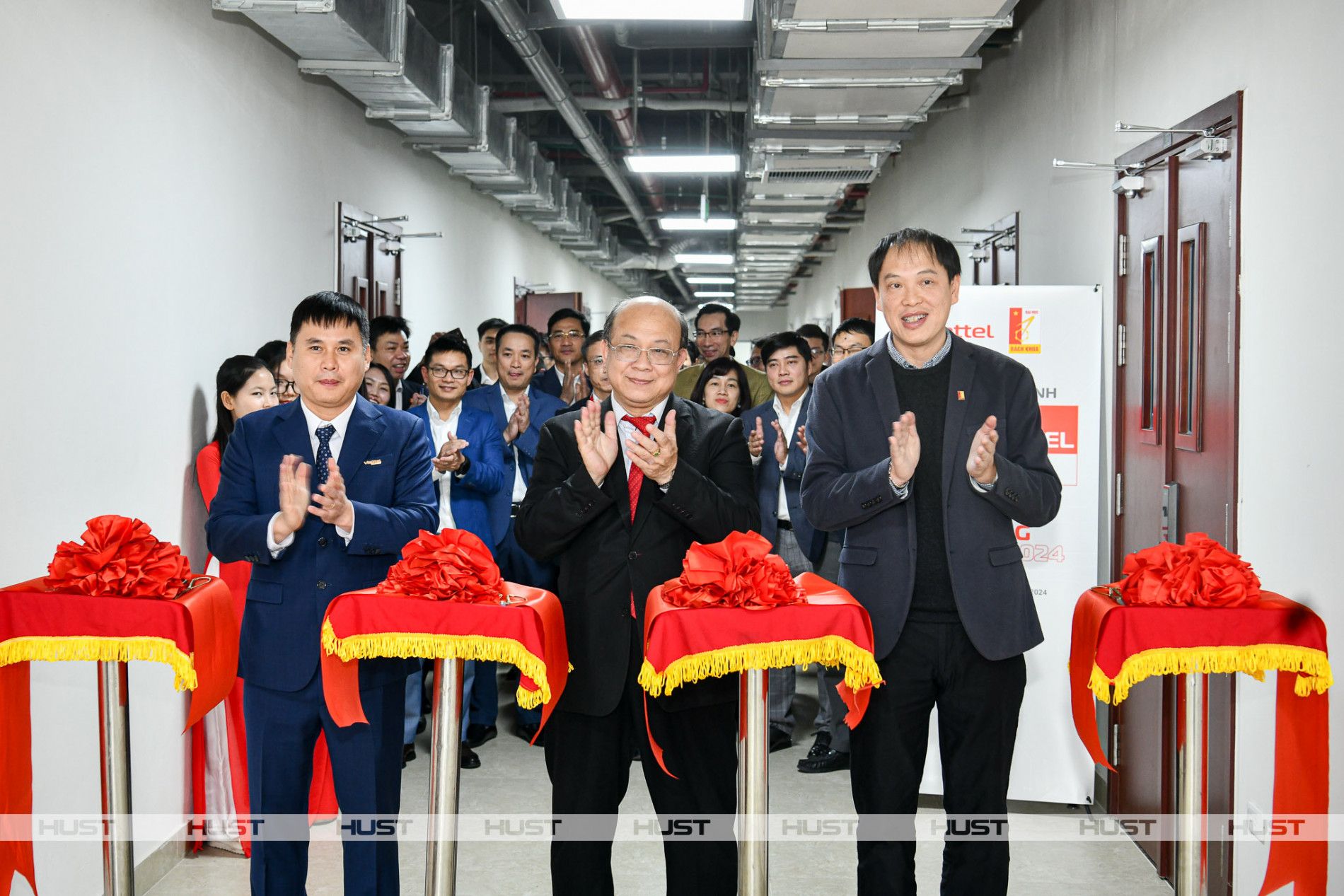 HUST and Viettel Unveil Cutting-Edge 5G/6G Research Lab
HUST and Viettel Unveil Cutting-Edge 5G/6G Research Lab